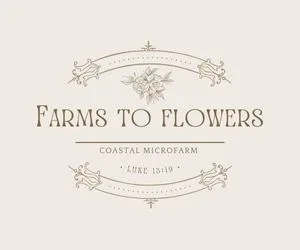
Table of Contents:
- Introduction to Succulents
- How to Identify Types of Succulents
- 10 Popular Types of Succulents
- Care for Different Types of Succulents
- Summary
Introduction to Succulents
Welcome to our comprehensive guide to succulents, those charming, low-maintenance plants that can enliven any room or garden. Succulents have taken the world of interior decoration, horticulture, and gardening by storm, thanks to their unique shapes, sizes, and rainbow of colors. These resilient plants are perfect for those who may lack a green thumb or anyone looking for stylish, drought-tolerant species.
How to Identify Types of Succulents
Identifying different types of succulents can seem like a daunting task given the sheer variety of species – over 25 plant families with hundreds of succulent species. To make it easier, we classify succulents based on their shapes, sizes, and colors, as well as the environments they’re best suited to.
10 Popular Types of Succulents
Let’s dive into a selection of the most popular types of succulents, which you can easily incorporate into your home or garden.
- Echeveria: Known for their rose-like shape, Echeveria succulents come in a variety of vibrant colors and require ample sunlight.
- Aloe Vera: This well-known succulent is appreciated for both its aesthetic and medicinal properties. Its soothing gel can be used for skin irritations and burns.
- Jade Plant (Crassula ovata): Recognizable by their thick, woody stems and oval-shaped leaves, Jade Plants are thought to bring good luck.
- Zebra Plant (Haworthia): These small, slow-growing succulents have distinctive white striped patterns on their leaves, resembling zebra stripes.
- Sempervivum (Hens and Chicks): Hardy and easy to propagate, these succulents are perfect for outdoor planting.
- Crown of Thorns (Euphorbia milii): Distinguished by its bright, beautiful flowers and sharp thorns, this succulent makes a great indoor plant.
- String of Pearls (Senecio rowleyanus): With bead-like leaves hanging from thin stems, this unique succulent is perfect for hanging baskets.
- Paddle Plant (Kalanchoe luciae): Named for its flat, paddle-shaped leaves, this succulent turns a beautiful red color under bright sunlight.
- Burro’s Tail (Sedum morganianum): This trailing succulent is perfect for hanging planters, with cascading tails of teardrop-shaped leaves.
- Lithops (Living Stones): True to their name, Lithops have an uncanny resemblance to pebbles or stones, making them a wonderful choice for a rock garden.
Care for Different Types of Succulents
While succulents generally require minimal care, specific requirements can vary by type. Most succulents thrive with plenty of sunlight, well-draining soil, and minimal watering, given their natural adaptation to arid environments. However, succulents like the Zebra Plant prefer a bit more shade, while the Crown of Thorns needs ample sunlight to bloom.
Summary
Succulents are incredibly versatile, charming plants that add a touch of nature to your indoor or outdoor spaces. From the classic Aloe Vera to the stunning Crown of Thorns, there’s a succulent for every taste and environment. We hope this guide has inspired you to pick up a few new succulents on your next trip to the local nursery!
